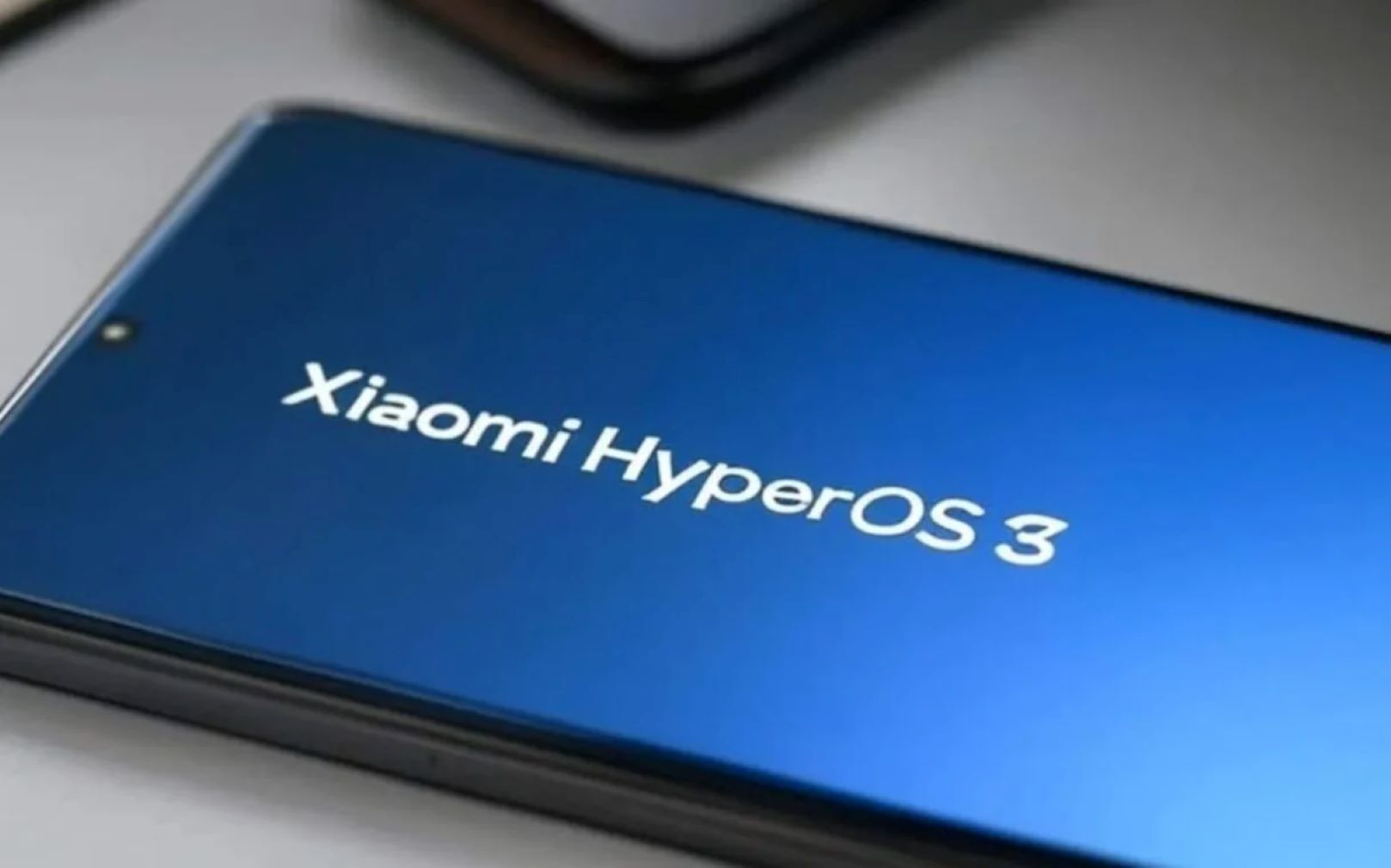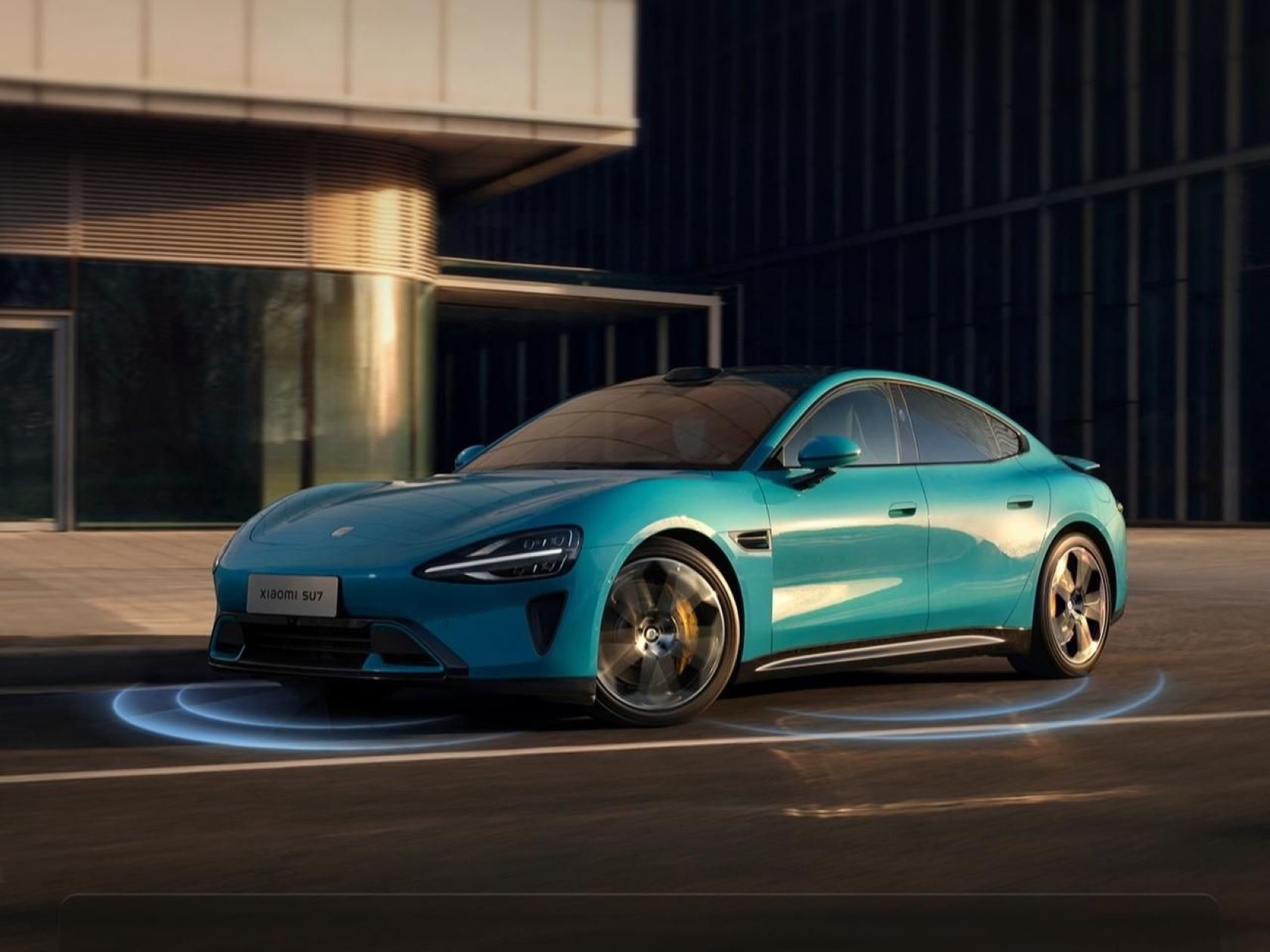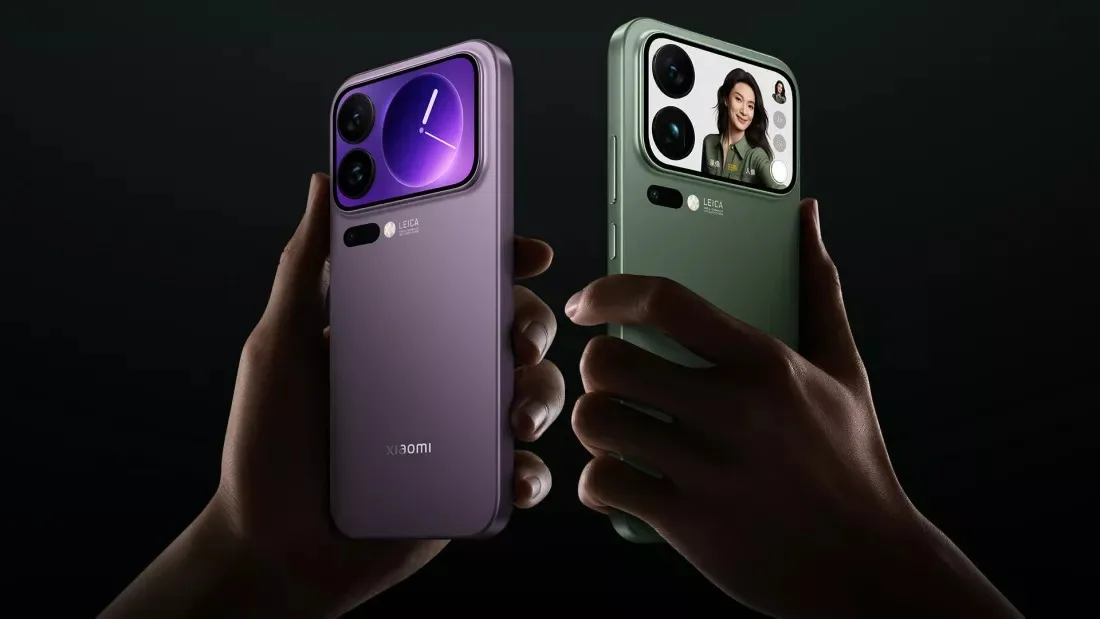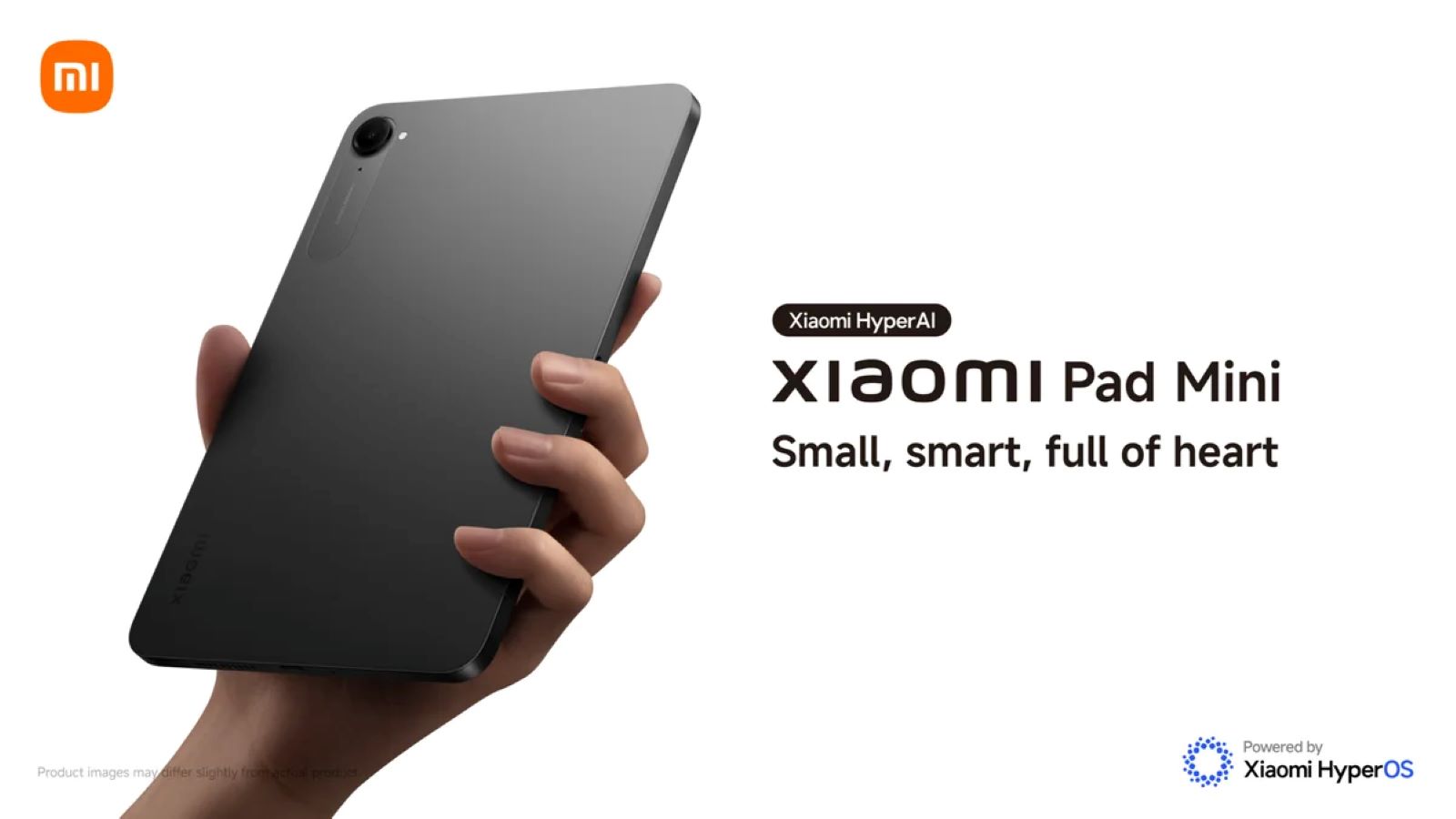Early reports about the Xiaomi 17 Pro are starting to surface online, and they hint at some pretty significant upgrades. Perhaps the most talked-about detail so far is the possibility of a secondary display on the back of the phone, positioned right next to the camera module. Alongside this, the device is rumored to bring an upgraded Leica camera system and Qualcomm’s latest Snapdragon 8 Gen 5 processor, putting it firmly in the running as one of the top flagship smartphones of 2025.
Key Takeaways
- Secondary “Magic Back Screen”: A small rear display for notifications, time, and selfies with the main camera.
- Upgraded Leica Cameras: A new 1-inch main sensor, a 50MP periscope telephoto lens, and a 50MP ultrawide lens.
- New Processor: Expected to debut with Qualcomm’s Snapdragon 8 Gen 5 chip.
- Premium Features: Rumored ultrasonic in-display fingerprint sensor and two-way satellite communication.
A Screen on the Back
One of the more intriguing leaks is about the so-called secondary screen. If accurate, it would mark the return of a feature we last saw in the Mi 11 Ultra. The small display is said to sit within the rear camera housing and could be surprisingly useful in day-to-day scenarios. You might check the time or a notification at a glance or even manage music without waking the main display.
But perhaps the biggest appeal is in photography. Using the rear cameras for selfies has always been a clever idea, and with a small viewfinder display at the back, users could frame shots while benefiting from the main sensors. It’s a simple tweak that could make a real difference for photo enthusiasts.
New Leica Camera System
Xiaomi’s partnership with Leica is expected to continue strongly with the 17 Pro. The leaks suggest a significant step forward in hardware. The main camera reportedly houses a new 1-inch sensor, larger than what most phones currently offer, which should translate into better light capture and stronger performance in low-light photography.
Complementing this are two more lenses: a 50-megapixel periscope telephoto for sharper zoomed shots and a 50-megapixel ultrawide for expansive captures. Combined with Leica’s renowned color tuning, this trio aims to cover everything from close portraits to sweeping landscapes, hopefully with the kind of clarity and depth that sets the phone apart.
Expected Performance and Other Details
At its core, the Xiaomi 17 Pro is expected to run on the Snapdragon 8 Gen 5 processor. This will likely deliver noticeable gains in both speed and power efficiency, especially for gaming and resource-heavy apps. Rumors also suggest a 2K high-resolution display, which seems almost standard for flagships now but still adds to the premium feel.
Security could be handled by an ultrasonic in-display fingerprint scanner, a step above the more common optical ones since it tends to work faster and even when fingers are slightly wet. Another standout rumor is support for two-way satellite communication, which would let users stay connected in areas with no traditional network coverage. To top it all off, the phone may adopt a titanium frame, adding a touch of durability and style that helps it stand out in a crowded market.
Frequently Asked Questions (FAQs)
Q. What is the “Magic Back Screen” on the Xiaomi 17 Pro?
A. It is a rumored small, secondary display on the back of the phone, likely next to the cameras. It could be used for notifications, as a clock, and as a viewfinder for taking selfies with the main camera system.
Q. What are the expected camera specifications for the Xiaomi 17 Pro?
A. Leaks suggest a triple camera system co-developed with Leica, featuring a new 1-inch main sensor, a 50MP periscope telephoto lens, and a 50MP ultrawide lens.
Q. Which processor will the Xiaomi 17 Pro use?
A. The Xiaomi 17 Pro is expected to be one of the first smartphones to feature the upcoming Qualcomm Snapdragon 8 Gen 5 processor.
Q. When is the Xiaomi 17 Pro expected to be released?
A. While there is no official date, Xiaomi typically releases its flagship number series in China towards the end of the year, with a global release following a few months later. A launch could happen around December 2024 or early 2025.











Add Comment